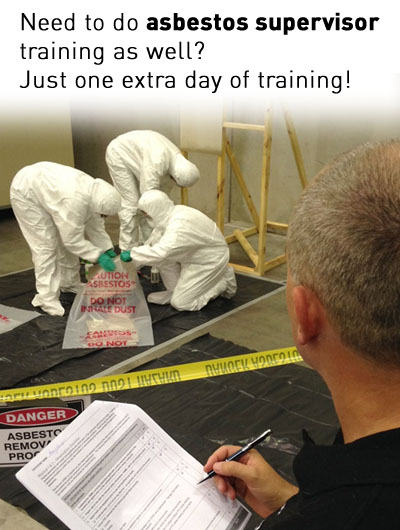No region selected
Remove Friable (Class A) and Non-Friable (Class B) Asbestos - Combo Course
Face to Face
Designed for people who need to remove both kinds of asbestos, and therefore require both tickets.
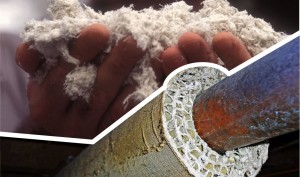
Course Dates
| Location (VIC) | Start Date | Places Left |
|---|---|---|
| Melbourne - Port Melbourne (Cook St) | Mon, Apr 29, 2024 (7:30am) |
2 Places Left
Book Now |
| Melbourne - Port Melbourne (Cook St) | Mon, May 20, 2024 (7:30am) |
Places Available
Book Now |
| Melbourne - Port Melbourne (Cook St) | Tue, Jun 11, 2024 (7:30am) |
4 Places Left
Book Now |
| Melbourne - Port Melbourne (Cook St) | Mon, Jul 01, 2024 (7:30am) |
4 Places Left
Book Now |
| Melbourne - Port Melbourne (Cook St) | Mon, Jul 22, 2024 (7:30am) |
4 Places Left
Book Now |
| Melbourne - Port Melbourne (Cook St) | Mon, Aug 12, 2024 (7:30am) |
4 Places Left
Book Now |
| Melbourne - Port Melbourne (Cook St) | Mon, Sep 02, 2024 (7:30am) |
4 Places Left
Book Now |
| Melbourne - Port Melbourne (Cook St) | Mon, Sep 23, 2024 (7:30am) |
4 Places Left
Book Now |
| Melbourne - Port Melbourne (Cook St) | Mon, Oct 14, 2024 (7:30am) |
4 Places Left
Book Now |
Course Details
Certification
Course Duration
Price
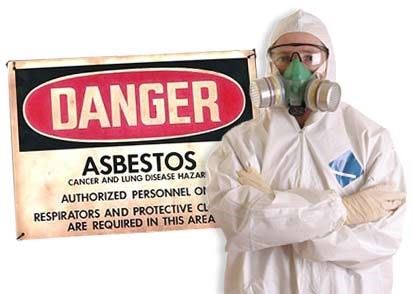
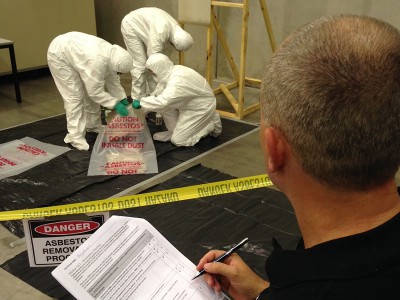
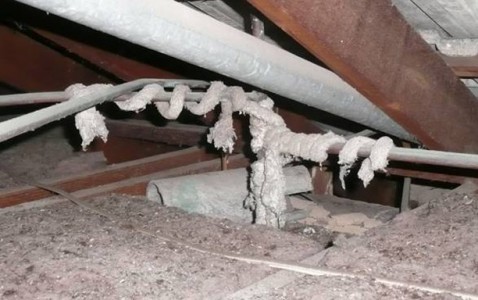
Course Overview
Asbestos-related disease has killed thousands of Australians. Australia and the UK have the highest rates of asbestos-related death in the world. Asbestos is highly toxic, causing a range of lung diseases that are slow to develop but in many cases deadly. While its use is now completely prohibited, there is a growing need to safely dispose of asbestos and asbestos containing material (ACM).
Non-Friable asbestos (also known as ‘bonded’ or ‘Class B’) was commonly used in building materials in Australia up the late 1980s. Bonded asbestos was used extensively for cladding, roofs and fences as well as backing boards in wet areas like kitchens and bathrooms. Friable asbestos (also known as ‘Class A’ asbestos) materials are more dangerous than non-friable asbestos and include asbestos that is in a powder form, crumbled, pulverised or reduced to powder (can crumble easily with hand pressure). Friable asbestos was used mainly for insulation (see ‘Mr Fluffy’).
This course is designed to ensure that participants have the skills and knowledge required to remove both friable and non-friable asbestos containing material (ACM) and asbestos containing dust/debris (ACD). This combined course includes preparing for removal, constructing enclosures, removing friable and non-friable ACM, air and health monitoring requirements, and includes decontamination and disposal requirements. Participants who need to remove only non-friable asbestos or friable asbestos (but not both) may wish to view the individual course pages:
Please note: Pinnacle Safety and Training will not use any asbestos containing material during this training program, however realistic simulation is used.
Whenever friable asbestos containing materials (ACM) are present, or even suspected of being present in the workplace, only qualified personnel are permitted to safely identify, manage or remove it. Any worker removing friable ACM or ACD must be appropriately trained, as outlined in the Work Health & Safety Regulation 2011 and the Code of Practice for the Safe Removal of Asbestos.
Undertaking nationally recognised training in the removal of asbestos is a legal requirement in most states and territories for workers who need to remove asbestos containing materials. Refer to your State/Territory Authority for more information.
Course Outline
Our nationally recognised two day Remove Friable and Non-Friable Asbestos course is designed for a worker who is required to manage or remove both friable and/or non-friable asbestos containing material (ACM) in Australia. The course includes preparing, enclosing and removing friable and non-friable ACM, and knowledge of decontamination and disposal requirements. This training course is taught by experienced instructors who will outline theory and practical scenarios that are relevant to your work site. This training course is very hands on with at least 50% of the time allotted to the practical aspects of operating in an asbestos-contaminated worksite.
- Legislative requirements and compliance
- Licensing requirements
- Hazards of asbestos and health effects
- Planning and preparing for asbestos removal
- Completion of risk assessment, asbestos registers and management plans
- Methods of isolation of the work site
- Full enclosure setup, testing and removal
- Carry out asbestos removal process
- Decontamination of workers, plant and equipment (three phase process)
- Correct asbestos disposal techniques
- Clean up work site
- Contribute to and use documentation in line with regulatory requirements
Course Inclusions
- We supply all equipment necessary for you to undertake training
- Training is conducted by experienced industry experts
- Plenty of practical hands on training
- Nationally Recognised Statement of Attainment on successful completion
Each Trainee Must Provide
Participants must
- Be at least 15 years of age
Clothing/PPE requirements
- Participants must wear long pants and closed shoes (high-vis and steel-caps not required, but are welcome).
- This training is realistic, somewhat physical and may involve working in hot or cold environments whilst suited up in PPE. It is important that all personnel who attend this course have a suitable level of fitness and are willing and capable of moving about in a small enclosed room, and wearing face masks.
- This course requires practice in wearing correct, full PPE and undertaking personal decontamination techniques, therefore participants must be prepared to wear shorts and T-shirt under coveralls.
- Participants must bring additional clothing - shorts, singlet top/T-shirt and a pair of thongs (flip-flops) for the practical activity.
Mandatory Prerequisite
- Asbestos Awareness
- Remove Friable Asbestos (Class A)
- Remove Friable (Class A) and Non-Friable (Class B) Asbestos - Combo Course
- Supervise Asbestos Removal Training
- Silica Awareness
- Remove Non-Friable Asbestos (Class B)
Student Links
Jay’s training style and experience was very good with strong hands on exercises. Jay answered all questions raised and was helpful throughout the course.
